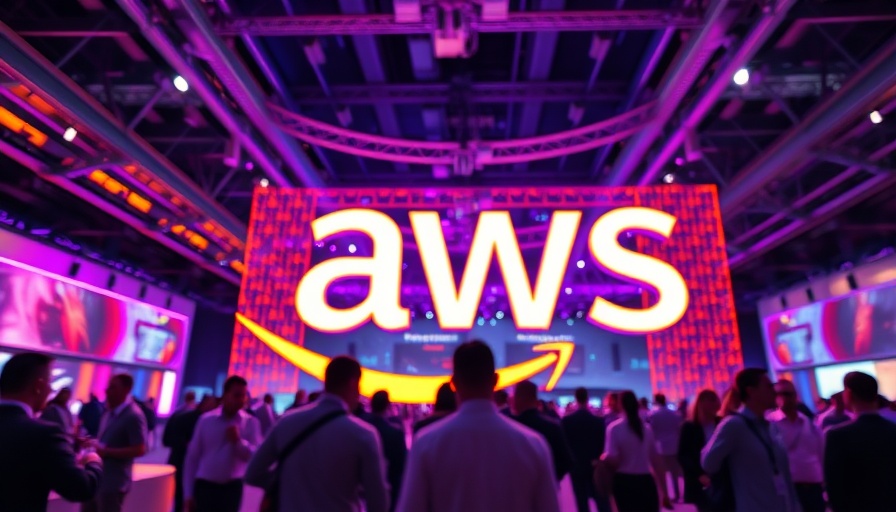
The Unfolding Drama of Microsoft Layoffs: What Lies Beneath?
The recent decision by Microsoft to lay off 15,000 employees has sent shockwaves through the tech community, igniting debates about the true reasons behind this extensive downsizing. While publicly attributed to reorganization and economic concerns, the layoffs also signal a critical shift in how technology giants are adapting in the age of artificial intelligence (AI) and automation.
The Role of AI in Labor Market Shifts
As AI technologies evolve, companies like Microsoft are increasingly leveraging AI-powered solutions to improve operational efficiency and productivity. These advancements, particularly in machine learning and automation, can optimize processes, potentially rendering certain job roles obsolete. This raises the question: is AI the silent force driving these mass layoffs? Beyond just replacing workers, AI can enhance workflows and productivity across various sectors, necessitating fewer human resources as companies scale back their workforce in specific areas.
Understanding the Broader Context of Job Cuts
This layoff announcement comes amid a broader trend in the tech industry. Many firms are refocusing their strategies to align with emerging AI technologies, which offer both opportunities and challenges. The integration of AI into business operations is transforming industries at a rapid pace. For instance, as automation becomes increasingly prevalent, the demand for skilled workers in AI applications is on the rise, while traditional roles may face redundancy.
Counterarguments: Economic Pressures or Strategic Reassessment?
While many view the layoffs through the lens of AI advancements, others argue that economic factors are equally influential. Analyst reports indicate that slowing demand for certain tech products and a subsequent shift in market focus may have accelerated Microsoft’s decision. Balancing strategic realignment with emerging technologies against economic pressures requires adept navigation—an ongoing challenge for many tech leaders.
Historical Precedence: Tech Layoffs and Market Evolution
Historically, the tech sector has weathered significant layoffs, often as a precursor to innovation and restructuring. Companies like IBM and Hewlett-Packard experienced similar upheavals in adapting to market fluctuations and technological advancements. Microsoft’s announcement echoes a recurring theme in tech: as industries evolve, the workforce must adapt, creating both opportunities for new job roles while displacing others.
Conclusion: What the Future Holds?
The magnitude of Microsoft’s layoffs not only highlights immediate challenges for the company but also signals a vital turning point for the entire industry. As AI continues to play a transformative role in our workplaces, understanding its implications for labor markets becomes essential. Will AI eventually lead to a net increase in job creation, or are we at the brink of a major workforce disruption? As we delve deeper into the ramifications, embracing lifelong learning and adaptability will be crucial for both individuals and organizations.
Are you curious about how AI is changing the workforce landscape? Stay informed about the latest trends and navigate these shifts effectively by exploring resources and discussions that elucidate emerging topics in AI developments.
 Add Row
Add Row  Add
Add 




 Add Row
Add Row  Add
Add 



Write A Comment